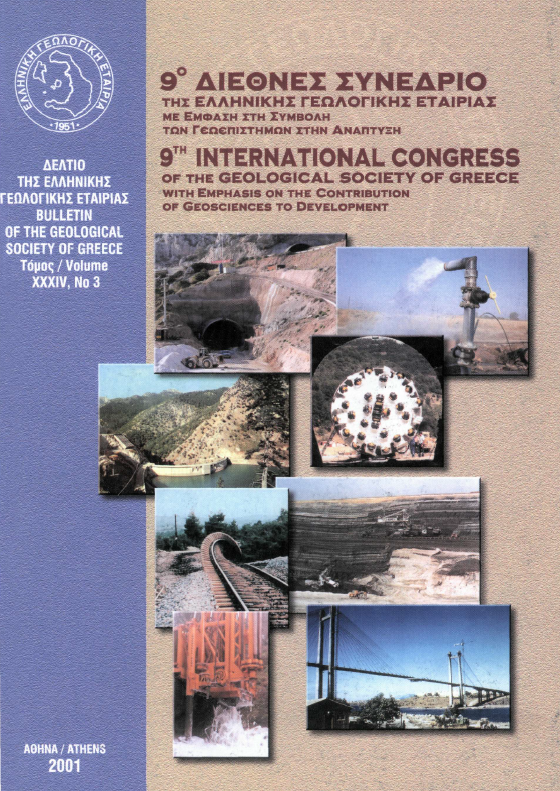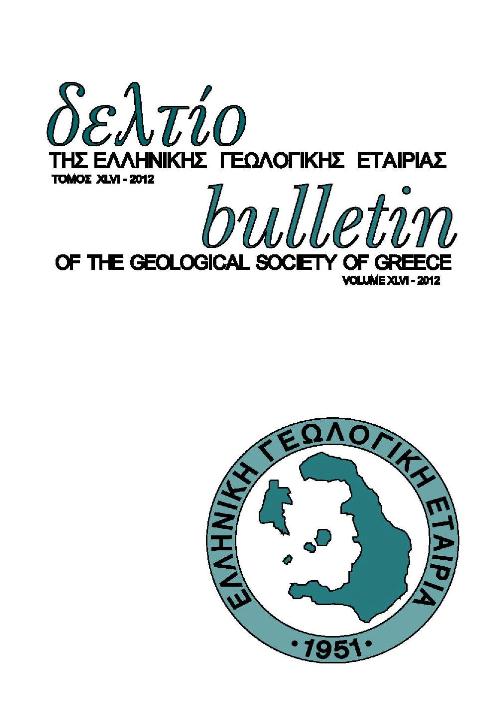URBAN GEOCHEMICAL STUDIES IN EUROPE

Abstract
Urban soil is generally contaminated to a variable degree depending on its proximity to contamination sources. Traffic is one of the main sources of urban contamination; lead (Pb) from the use of leaded petrol, zinc (Zn) and cadmium (Cd) from tyre wear, antimony (Sb) from break pads, and the platinum group Nelements (PGEs) from the wear of catalytic converters, are some typical elements that often reach high concentrations in the urban environment. Lead was also a key ingredient in white paint, and in towns with a high proportion of white wooden houses very high concentrations were found in soil. Crematoria can or have emitted mercury (Hg). Coal and heavy oil fired municipal power and heating stations emit sulphur (S), silver (Ag), vanadium (V), bromine (Br) and barium (Ba). The use of impregnated wood may have resulted in high concentrations of arsenic (As), especially in kindergartens (nursery schools) and playgrounds. Building materials (plaster and paint) may also contain high concentrations of organic contaminants, especially polychlorinated biphenyls (PCBs), which again end up in urban soil. Coal and wood burning, the use of diesel fuel, and the production of coke, all lead to the emission of polycyclic aromatic hydrocarbons (PAHs). There exist countless other sources of local contamination in towns, and there is thus every reason to be concerned about the quality of the urban environment, and the suitability of soil for sensitive land uses, such as schools, playgrounds, parks and vegetable gardens. Contaminated urban soil may contaminate indoor dust and, therefore, to an increased human exposure to toxic chemicals. Consequently, the distribution of toxic contaminants in urban soil needs to be documented and known by city administration to avoid costly mistakes in land use planning, and further spreading of highly contaminated materials. The EuroGeoSurveys ‘Geochemistry’ Expert Group during the compilation of a proposal to the Directors for a European wide urban geochemistry project, using a harmonised sampling and analytical methodology, it discovered that many urban geochemical studies have been performed in Europe by National Geological Surveys, which are not known to the wider geoscientific community. Since, the results of these studies are directly related to our quality of life, the EuroGeoSurveys ‘Geo-chemistry’ Expert Group decided to publish at least one case study from each country in a book,which will be available in the second half of 2010. A concise description of some of these studies will be given in this paper.
Article Details
- How to Cite
-
Demetriades, A., Birke, M., Locutura, J., Bel-lan, A., Duris, M., & EuroGeoSurveys Geochemistry Expert Group, E. G. E. G. (2010). URBAN GEOCHEMICAL STUDIES IN EUROPE. Bulletin of the Geological Society of Greece, 43(5), 2338–2349. https://doi.org/10.12681/bgsg.11634
- Section
- Geochemistry and Ore Deposit Geology

This work is licensed under a Creative Commons Attribution-NonCommercial 4.0 International License.
Authors who publish with this journal agree to the following terms:
Authors retain copyright and grant the journal right of first publication with the work simultaneously licensed under a Creative Commons Attribution Non-Commercial License that allows others to share the work with an acknowledgement of the work's authorship and initial publication in this journal.
Authors are able to enter into separate, additional contractual arrangements for the non-exclusive distribution of the journal's published version of the work (e.g. post it to an institutional repository or publish it in a book), with an acknowledgement of its initial publication in this journal. Authors are permitted and encouraged to post their work online (preferably in institutional repositories or on their website) prior to and during the submission process, as it can lead to productive exchanges, as well as earlier and greater citation of published work.




